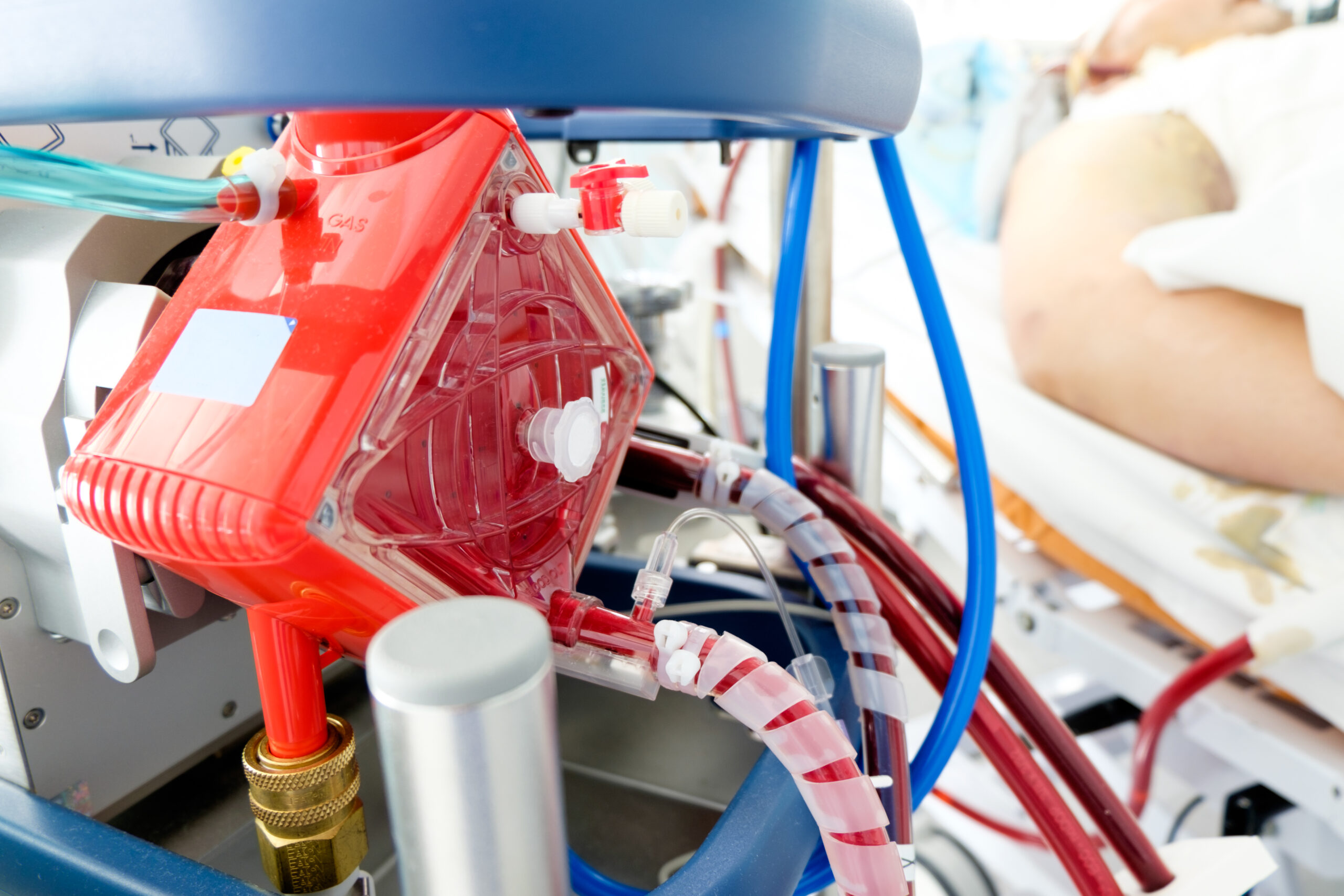Invasive Hemodynamic and Physiologic Considerations in Patients Undergoing Extracorporeal Membrane Oxygenation

In conclusion, we wish to stress the importance of a thoughtful interpretation of hemodynamic parameters in patients undergoing ECMO support in order to make appropriate management decisions. A previous work in this Journal by Hoyler et al provided a thorough review of other important considerations in venoarterial ECMO patients, such as evaluation for complications, weaning, and venting. The difficulty of measuring cardiac output in patients on ECMO likely makes it an inappropriate endpoint for clinical research purposes. Pulmonary artery catheter pressure analysis, more so than cardiac output measurements, are extremely important in the management of ECMO, and may be supplemented by echocardiographic estimations of pulmonary artery and right ventricular pressures. Proper use and interpretation of pulmonary artery catheters allow for the diagnosis and prompt response to early signs of RV dysfunction in acute respiratory distress syndrome patients on VV ECMO and for assessment of myocardial performance in VA-ECMO. Appropriate use of pulmonary artery catheters also can assist in volume management, the application of pulmonary vasodilators, left ventricular venting to reduce the negative pulmonary effects of elevated pulmonary capillary wedge pressure, and weaning of ECMO therapy.
